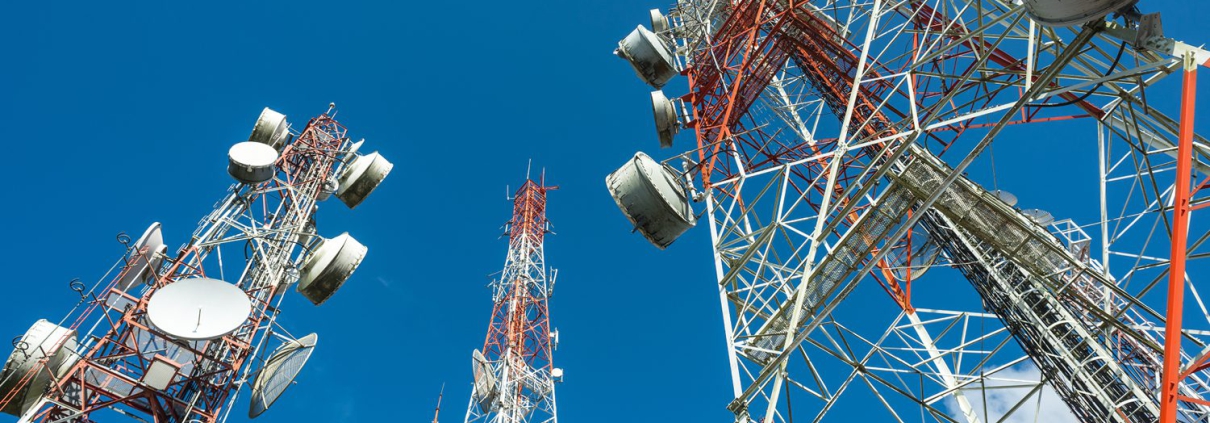Understanding Telecom Power Solutions: From Grid Connection to Battery Backup and Smart Energy Integration
Introduction
In the telecommunications industry, uninterrupted power is not just a convenience—it’s a necessity. Every second of downtime can disrupt mobile connectivity, data transmission, and critical communication networks that millions rely on daily. This is where telecom power solutions come into play.
A telecom power solution is a complete ecosystem designed to ensure consistent, reliable, and efficient energy delivery to communication networks—from grid input to energy storage and backup systems. As telecom networks expand into remote and off-grid regions, and as data demands rise exponentially, the structure and intelligence of these power systems have become more critical than ever.
- The Architecture of Modern Telecom Power Solutions
A typical telecom power system integrates several key components that work together to maintain seamless energy flow:
- AC/DC Conversion and Rectifiers: Convert grid or generator AC input into regulated DC power for telecom loads.
- DC Distribution System: Safely distributes energy across base transceiver stations (BTS), routers, and servers.
- Energy Storage (Battery System): Provides backup during outages or grid fluctuations.
- Power Monitoring and Control Unit: Tracks load, efficiency, and system status in real time.
- Renewable or Hybrid Inputs: Incorporate solar panels, wind turbines, or hybrid diesel systems to enhance sustainability.
In this ecosystem, energy efficiency and reliability are achieved through intelligent coordination among all these modules—not by focusing on one single component.
- Why Reliable Power Is Critical for Telecom Networks
Telecommunication networks are inherently distributed, with thousands of tower sites, data nodes, and edge systems spread across vast geographic regions. This distributed nature makes power reliability both complex and vital.
Key challenges include:
- Unstable Grid Supply: Especially in rural or developing areas where grid infrastructure is weak.
- High Energy Costs: Tower sites consume energy continuously, driving the need for cost optimization.
- Maintenance Accessibility: Remote locations increase O&M (operation and maintenance) costs.
- Environmental Pressures: Growing demand to reduce diesel dependence and carbon emissions.
Addressing these challenges requires a power strategy that combines grid efficiency, renewable integration, and advanced energy storage—the very pillars of a well-designed telecom power solution.
- The Role of Batteries in Telecom Power Systems
Among all power components, the battery system is the heart of telecom backup operations. During grid outages or power instability, batteries ensure continuous communication uptime.
Modern telecom battery systems—especially lithium-based technologies—offer several advantages:
- High Energy Density: Compact footprint ideal for space-constrained base stations.
- Longer Cycle Life: Reduces replacement frequency and total cost of ownership.
- Fast Charge and Discharge: Enables efficient power switching during load peaks.
- Temperature Resilience: Performs reliably in both extreme heat and cold environments.
However, in a complete telecom power solution, batteries are only one piece of the puzzle. They must integrate seamlessly with rectifiers, monitoring systems, and hybrid inputs to form a truly resilient network.
- Smart Power Management and Remote Monitoring
Digitalization has transformed the way telecom networks manage energy. Through integrated Energy Management Systems (EMS) and intelligent controllers, operators can:
- Monitor energy consumption across hundreds of tower sites in real time.
- Predict battery degradation and schedule maintenance proactively.
- Switch between grid, generator, and solar power based on load demand and pricing.
- Reduce OPEX by optimizing energy use through AI-driven algorithms.
Remote monitoring not only reduces site visits but also enhances network resilience—critical in regions where physical access is difficult or hazardous.
- Integrating Renewable and Hybrid Energy Sources
The next evolution of telecom power lies in energy integration. By combining traditional grid power with renewable sources and advanced storage, operators can achieve significant energy savings and sustainability goals.
Hybrid systems—such as solar + lithium battery + diesel generator setups—have proven especially effective in rural and off-grid regions. They minimize fuel costs, reduce emissions, and extend generator life.
For deeper insights into hybrid configurations, see
👉 Telecom Tower Hybrid Power Systems: How Energy Integration Improves Reliability and Efficiency.
- Efficiency, Cooling, and Environmental Considerations
Power efficiency in telecom networks is influenced not only by electrical design but also by thermal management. Excessive heat can degrade both batteries and rectifiers.
Advanced systems now adopt:
- High-efficiency rectifiers (up to 98%) to reduce conversion losses.
- Intelligent cooling systems (air or liquid-based) for stable thermal performance.
- Adaptive load sharing that prevents over-stressing individual components.
These improvements collectively enhance system uptime and prolong component lifespan.
- Regional Market Trends and System Standardization
In North America, the shift toward modular and lithium-based telecom power systems is accelerating. Operators are investing in scalable, plug-and-play power cabinets that simplify installation and maintenance.
Meanwhile, global standardization around 48V DC systems ensures interoperability and cost control across vendors.
To understand these market dynamics in detail, see
👉 Telecom Power System Market Trends, Challenges, and the Role of Lithium Telecom Batteries in North America.
- The Future of Telecom Power Solutions
Looking ahead, telecom power systems are moving toward:
- AI-optimized energy management, adjusting input and load balance autonomously;
- Liquid-cooled power modules for high-density environments;
- Integrated energy storage systems (ESS) to handle multi-hour outages;
- Decarbonized infrastructure, aligning with 2030 net-zero targets.
The role of batteries will expand beyond backup to full energy optimization—supporting load shifting, peak shaving, and even microgrid participation.
Conclusion
Modern telecom power solutions represent the convergence of electrical engineering, digital intelligence, and sustainability. A truly resilient telecom network no longer depends on a single technology—it depends on the synergy of power conversion, storage, monitoring, and renewable integration.
As operators continue to expand 5G and edge networks, optimizing power infrastructure becomes both a cost and sustainability priority. Advanced systems—anchored by reliable telecom battery technology—will remain the foundation of uninterrupted, efficient, and future-ready connectivity.


